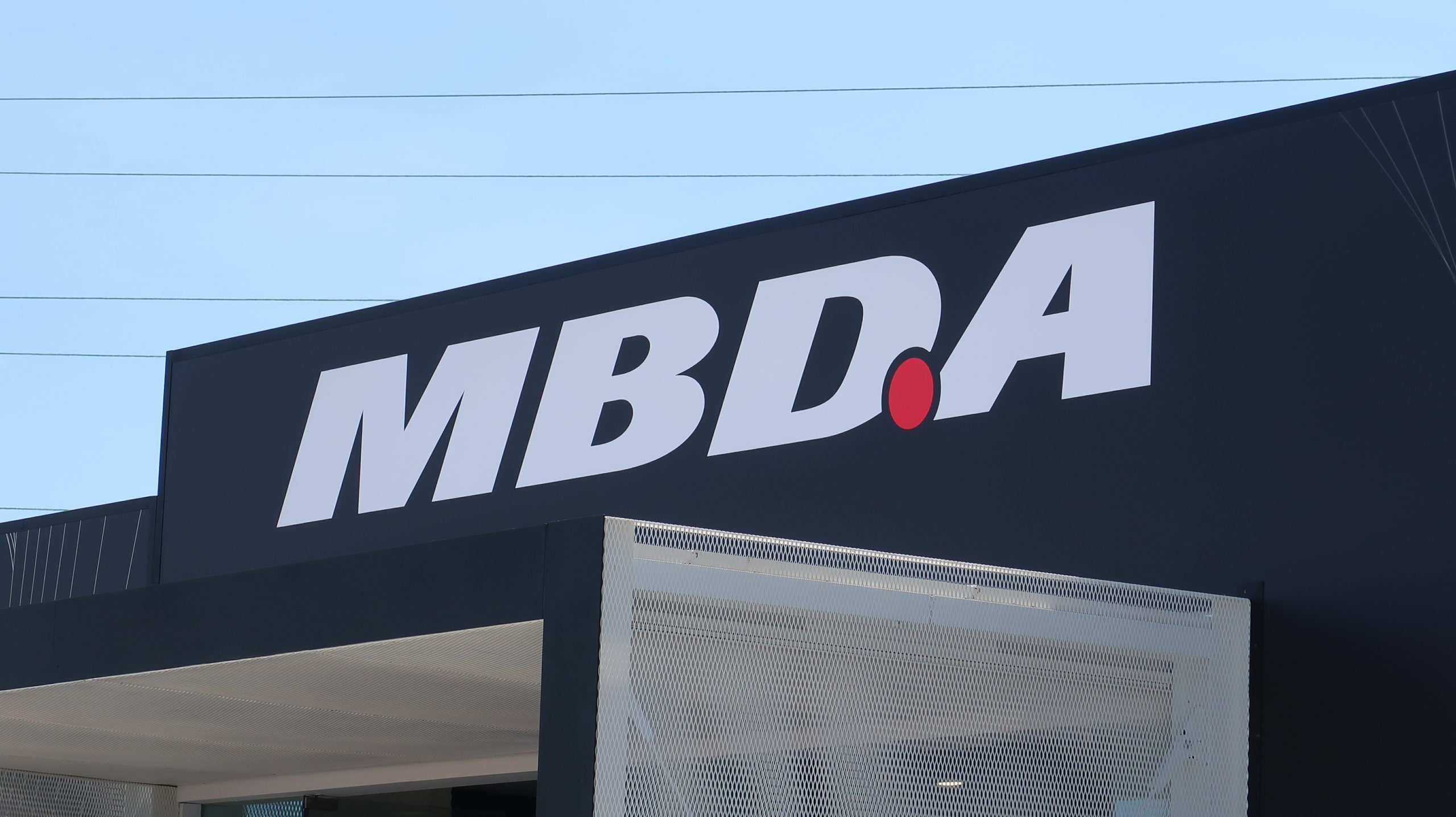Public procurement has a strategic importance to both companies and administrative authorities. As such, it must undergo increasingly flexible and secure processes.
Against this background, the French government has gradually enforced dematerialisation solutions for public procurement, making them compulsory since end-2018 for all public procurement activities in excess of €25,000 excluding VAT.
This decision has multiple benefits, particularly streamlined procedures and reduced costs. However, it involves the use of a tailored solution whenever a signature is required for dematerialised documents.
What are the legal implications of this? How do you affix an electronic signature to documents exchanged in public procurement and to what security standards? In this article, we explain all.
Dematerialisation solutions for public procurement: legal implications
Procurement is defined by the French ordinance of 23 July 2015 as a contract signed “in return for payment by one or several public purchasers with one or several economic operators, to address their needs for works, supplies or services”.
Essentially, public procurement includes a purchaser – whether public or private (government, local authority, public institution, etc.) – and an economic operator (company, entrepreneur, service provider, etc.) involved in a tender.
Which public procurement activities are covered by dematerialisation solutions?
Any natural or legal person may lawfully apply to engage in public procurement activities. Conversely, the regulation provides for the application of specific procedures.
In particular, this includes the stipulation that all public procurement activities in excess of or equal to €25,000 excluding VAT must involve the exchange of dematerialised documents.
This concerns documentation required for consultation, documents relating to tenders and applications, discussions with public purchasers (requests for information, negotiations, etc.) and notifications sent following decisions (e.g., when notifying candidates of their accepted or rejected proposal).
All actions are taken on the platform – PLACE using a purchaser profile specific to the relevant organisation.
Dematerialisation solutions are not required for procurement activities below €25,000 excluding VAT. However, public operators may opt for online exchanges to ensure a streamlined, seamless, and cost-effective process.
Dematerialisation solutions and electronic signature use
As a result of dematerialisation solutions, the law also provides for electronic signature use whenever it is required for documents submitted online.
That said, applications and tenders do not have to be signed unless otherwise decided by the purchaser. Contrast this with the approval to engage in public procurement activities which must be signed by hand for printed documents and electronically for dematerialised documents. In short, whenever a signature is required, signature type is determined by the submission method.
Now let’s turn our attention to scenarios requiring the use of an electronic signature.
How do you use an electronic signature in public procurement?
As soon as the electronic signature is required to sign documents exchanged in public procurement, at the request of the purchaser, the law stipulates that this signature must be completed in compliance with the provisions established by the French order of 22 March 2019.
Let’s briefly focus on the order since it provides specific guidelines concerning the signature process to be adopted for electronically signing documents relating to public procurement. By law, you are required to use an advanced digital signature based on a qualified certificate.
Requirements for electronically signing public procurement documents
This signature must meet two requirements:
- it must satisfy the needs of the eIDAS regulation as an advanced electronic signature;
- and it must be based on a qualified electronic certificate complying with a standard at least equivalent to the General Security Repository (RGS) and issued by a Certification Authority after physical verification of the applicant’s identity.
Benefits of digital signatures
The use of a qualified electronic signature makes it possible to associate it with a specific signatory. Generally, the latter is a natural person who may or may not represent a legal person.
For purchasers, it’s a sign of confidence and security. That’s because the advanced signature reflects one of the highest levels prescribed by the eIDAS regulation.
The certificate, which must first be obtained, univocally links the signature to the signatory. It formally identifies the signatory and guarantees the integrity of signed documents, thereby identifying any subsequent edits.
Lastly, electronic signature use involves the deployment of a signature creation device selected by the signatory who is the certificate holder.
To conclude, it should be noted that purchasers are responsible for specifying – in their profiles – decisions on electronic signature use, documents requiring signatures, and indications on the requisite security standards (standards *compliant*** with the RGS).
These are the rules of engagement in dematerialised public procurement activities.








